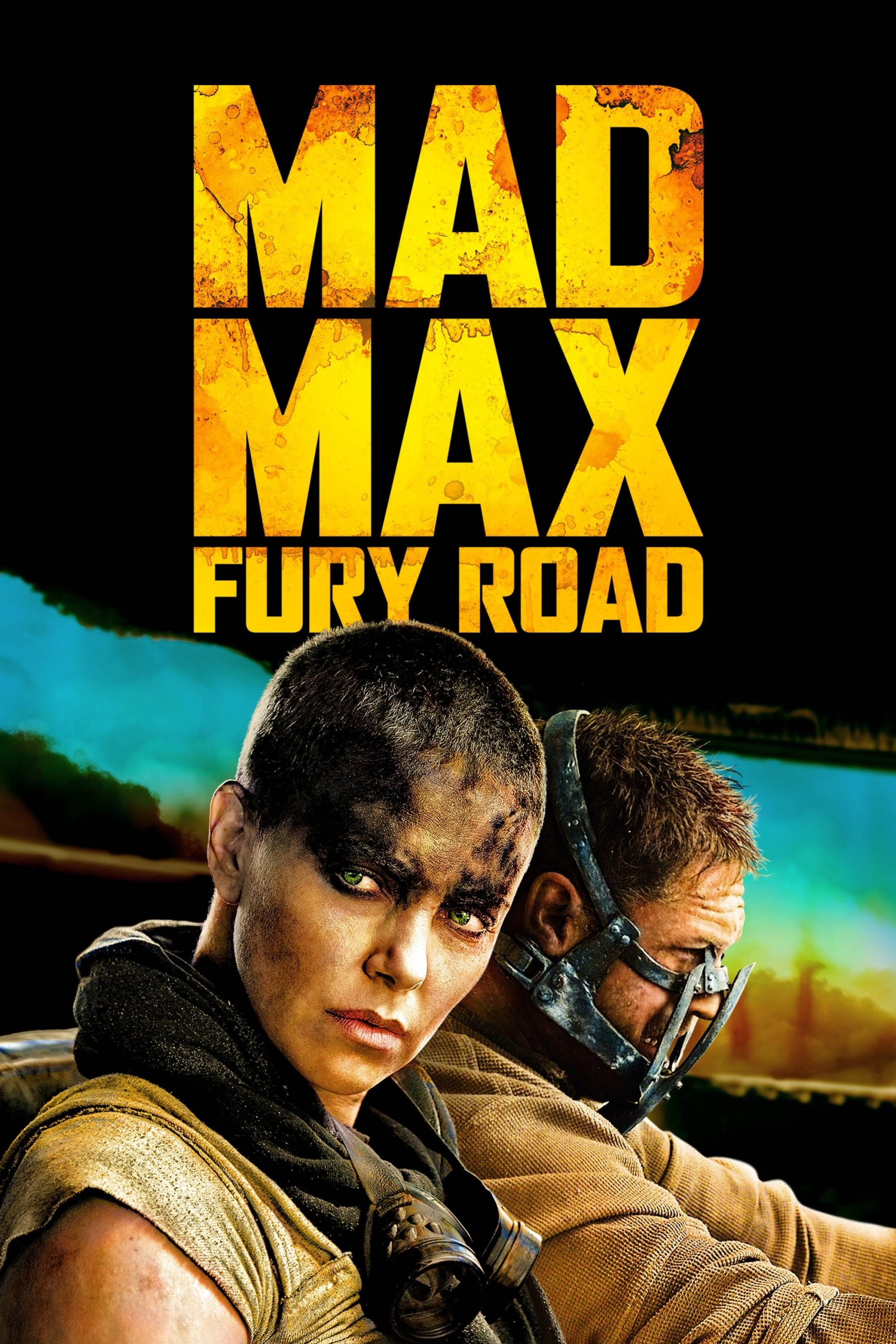
An apocalyptic story set in the furthest reaches of our planet, in a stark desert landscape where humanity is broken, and most everyone is crazed fighting for the necessities of life. Within this world exist two rebels on the run who just might be able to restore order.
18 Jan Mad Max: Fury Road (2015)
Some Dusty Pig
The first Mad Max had a few strong attractions. It was overtly Australian in a few dimensions which hit a niche of the familiar exotic. It was pure science fiction in that it abstracted our world into a future where only the tiniest fragment of what we know was carried over and amplified. That fragment revolved around one of our most peculiar social constructions, the wild motorcycle gang. It is peculiar in being largely a cinematic invention. (Paris being romantic is another.)
The notion of a motorcycle gang originated in California after WWII where returning GIs (mostly tattooed navy men who had served in the South Pacific) bought surplus army motorcycles. The notion of lawlessness unique to motorcycles is from Marlon Brando as copied by Sonny Barger. It is a wholly cinematic convention made real, like movie gangster talk as adopted by the Mafia. Mad Max joined this to an equally unique cinematic convention: the chase.
Now this. After decades, it is still the most pure of science fiction abstractions. It is still overly Australian, more about that in a moment. It still takes the chase very seriously. But it now employs a reverse irony on the motorcycle gang trope, moving it into Fast and Furious car territory, merged with comic heavy metal and pushed into humour. The trick with these is to exaggerate enough to make us laugh but not so much that we don’t engage with it in its terms.
Among the Australian notions is a new one: architectural dust. Most of the stunts were practical, but all of the environments were artificial. This is the first time I know that a big film used the same effects shop (Melbourne-based Iloura) for both composites (the deserts and cliffs) and dust. Different technologies are required, but a similar notion of texture was used, and the two are combined in the dust storm near the beginning.
The result is an astonishing effect of surface become air. The cinematographer seems to have been aboard in the way he overexposes and undersaturates, especially during the ‘night’ scenes. I don’t know of any other film save Derzu Uzala that attempts this, and all Kurosawa had was snow.
I hope other Australian productions adopt this technique, as it seems both very advanced cinematically and wholly Australian. When Michael Jackson advanced the art of using a spatial camera, we did see that become common very quickly, first through Hollywood’s use of WETA, and then other shops.
And we did see the world quickly copy the motorcycle gang trope.
Posted in 2015
Ted’s Evaluation — 3 of 3: Worth watching.


Matt
Posted at 08:20h, 15 FebruaryIf you haven’t seen it yet, you should watch Three Thousand Years of Longing also by Miller; a story of stories. Would be interested in your thoughts.